Interagency Coordination
In Indian Country, various federal, state, and Tribal agencies coordinate to address the unique needs and challenges faced by Indigenous communities. Some of the key agencies involved in interagency cooperation within Indian Country include:
Bureau of Indian Affairs (BIA): The BIA is a federal agency within the U.S. Department of the Interior responsible for administering and managing the federal government’s relationship with Native American tribes and Alaska Native villages.
Indian Health Service (IHS): The IHS is an agency within the U.S. Department of Health and Human Services that provides healthcare services to Native American and Alaska Native people.
U.S. Department of Education: The Department of Education is involved in providing education-related services and support to schools and educational programs in Indian Country.
U.S. Department of Housing and Urban Development (HUD): HUD provides funding and resources for affordable housing initiatives in Native American communities.
U.S. Department of Agriculture (USDA): The USDA offers programs and assistance related to agricultural development, rural infrastructure, and food security in Indian Country.
U.S. Department of Justice (DOJ): The DOJ is involved in various aspects of law enforcement and justice within Indian Country, including addressing issues related to Tribal sovereignty and criminal justice.
U.S. Environmental Protection Agency (EPA): The EPA works with Indigenous communities to address environmental challenges, ensure clean water and air, and support sustainable development.
Federal Emergency Management Agency (FEMA): FEMA collaborates with Tribes to enhance disaster preparedness and response efforts in Indian Country.
Tribal Governments: Tribal governments have a central role in coordinating services, programs, and initiatives that directly impact their communities. They often work in partnership with federal and state agencies to address their specific needs.
State Agencies: State agencies can play a role in coordinating with Tribal governments, especially when it comes to areas such as education, healthcare, law enforcement, and economic development.
Non-Governmental Organizations (NGOs): Various NGOs collaborate with federal and Tribal agencies to provide additional support and resources for education, healthcare, cultural preservation, economic development, and more.
Local Community Organizations: These organizations often partner with government agencies to address specific needs at the local level, promoting community engagement and empowerment.
Interagency coordination involves these and other agencies working together to address a wide range of issues, including education, healthcare, economic development, infrastructure, law enforcement, cultural preservation, and more. The goal of such cooperation is to provide holistic and effective solutions that improve the well-being and quality of life for Indigenous communities in Indian Country.

What does interagency coordination look like in Indian Country, and why is this important?
Interagency cooperation is essential for Indian Country for several reasons, primarily to address the complex challenges and needs of Native communities in a holistic and effective manner. Here are some key reasons why interagency cooperation is important:
Resource Sharing: Different agencies possess unique resources, funding streams, and technical expertise that can be leveraged to support Indian Country. Through cooperation, these resources can be pooled and allocated to projects and initiatives that have a greater impact on Native communities.
Cultural Sensitivity: Native communities have distinct cultures, traditions, and histories. Interagency cooperation enables agencies to work together in a culturally sensitive manner, respecting the unique needs and values of Native peoples.
Reducing Duplication of Efforts: When different agencies work independently, there is a risk of duplicating efforts, wasting resources, and causing confusion within Native communities. Interagency cooperation can streamline processes, reduce redundancy, and ensure a more efficient use of resources.
This is a living resource, and IFAI will make updates as new information arises.

Marker Bills Regarding Interagency
Senate
S.697, Treating Tribes and Counties as Good Neighbors Act
House
H.R. 4746- Tribal Access to Clean Water Act
The bill expands Tribal access to clean water by investing in water infrastructure. This bill also increases funding through Indian Health Service, Bureau of Reclamation, United States Department of Agriculture, and the Environmental Protection Agency to address the significant backlog of water infrastructure projects in tribal communities.

